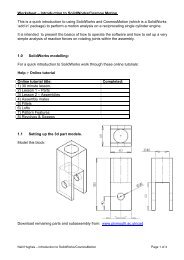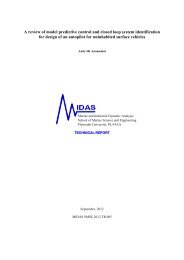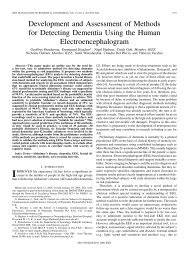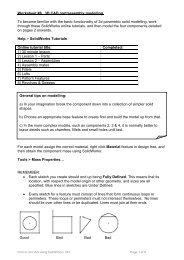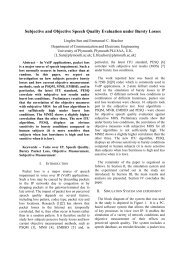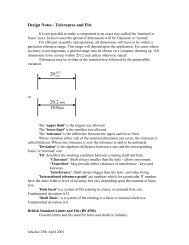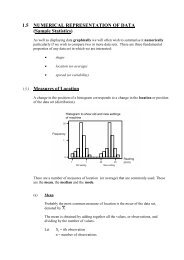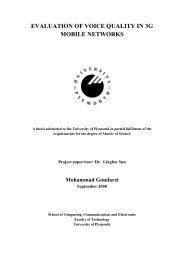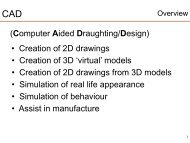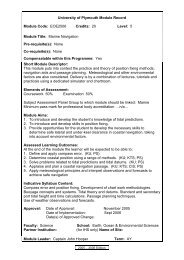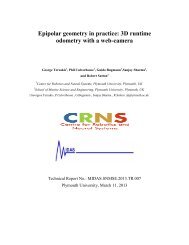Designing an Anaphora Resolution Algorithm for Route Instructions
Designing an Anaphora Resolution Algorithm for Route Instructions
Designing an Anaphora Resolution Algorithm for Route Instructions
Create successful ePaper yourself
Turn your PDF publications into a flip-book with our unique Google optimized e-Paper software.
defined as “inferences that are drawn to increase the coherence between the current<br />
<strong>an</strong>d preceding parts of a text” (Eysenck & Ke<strong>an</strong>e (2000), p. 528).<br />
3.6 Here- <strong>an</strong>d There-Anaphors <strong>an</strong>d the SR-<strong>Algorithm</strong><br />
As the IBL-corpus consists of route instructions, a class of texts which contains<br />
plenty of spatial references, this section provides suggestions how some of the<br />
phenomena of spatial reference occurring in the IBL-corpus could be h<strong>an</strong>dled. As I<br />
will show later when the evaluation of the algorithm is given, the SR-algorithm needs<br />
further refinements. Due to time restrictions, I could not define new spatial resolution<br />
rules which would improve the per<strong>for</strong>m<strong>an</strong>ce of the algorithm. There<strong>for</strong>e, the spatial<br />
reference algorithm developed within this project c<strong>an</strong> only be regarded as first sketch<br />
of <strong>an</strong> algorithm. Nonetheless, in the discussion section I will explain how the<br />
algorithm c<strong>an</strong> be improved. Since the following algorithm does not per<strong>for</strong>m as<br />
efficiently as expected, I will only briefly present the rules of the algorithm (see<br />
Appendix 5). The first point to be considered is that all ‘here/there’s used<br />
syntactically are excluded. This me<strong>an</strong>s that all ‘here/there’s which are in the subject<br />
position are not taken into consideration. As ‘here/there’-<strong>an</strong>aphors usually refer to a<br />
place or position specified in the utter<strong>an</strong>ce, their <strong>an</strong>tecedent c<strong>an</strong> be inferred from the<br />
verb <strong>an</strong>d from the positional or directional PP of the previous utter<strong>an</strong>ce. The general<br />
approach resembles the RIAR-algorithm; the route instructions are <strong>an</strong>alogously split<br />
into units. The inputs of the algorithm are unresolved units <strong>an</strong>d its outputs are<br />
resolved units. Like the A-List in the RIAR-algorithm, the SR-algorithm constructs a<br />
P-List in which the <strong>an</strong>tecedent-position of the <strong>an</strong>aphor is presented. If the <strong>an</strong>aphors<br />
occur in a chain, the P-List is filled after the first <strong>an</strong>aphor is resolved so that the<br />
second <strong>an</strong>d third (etc.) <strong>an</strong>aphors c<strong>an</strong> be resolved to the same <strong>an</strong>tecedent-position as<br />
the first one. If the P-List is empty, it is created according to the construction rules.<br />
Since the algorithm takes the predicative context of the ‘here/there’-<strong>an</strong>aphor into<br />
account, it needs nine construction rules. As the P-List usually contains spatial PPs,<br />
the construction rules determine which preposition is inserted into the P-List. This<br />
depends on the verb <strong>an</strong>d the preposition(P1) used in the previous unit. To determine<br />
46



